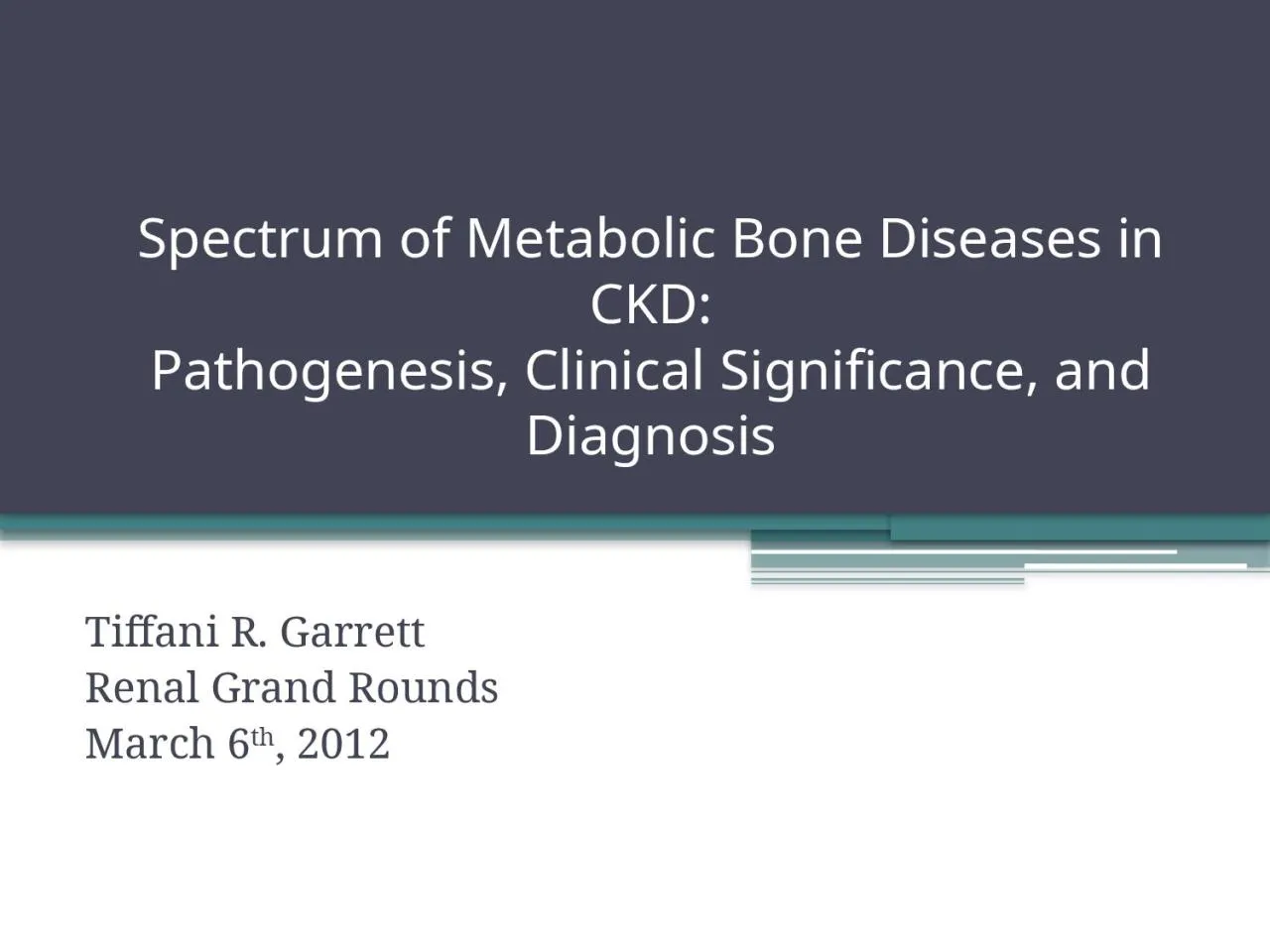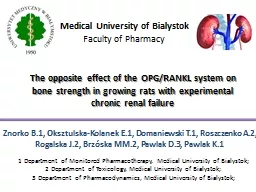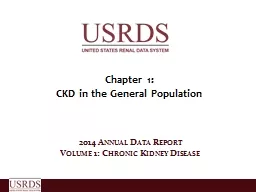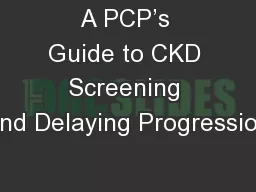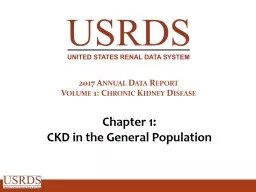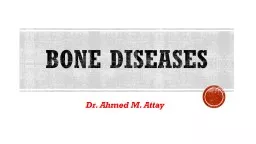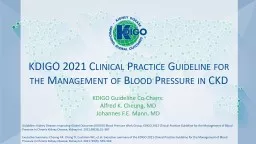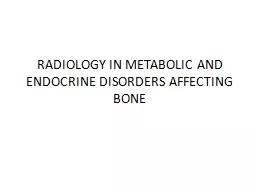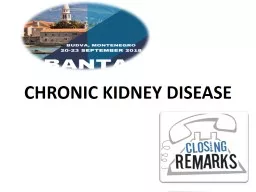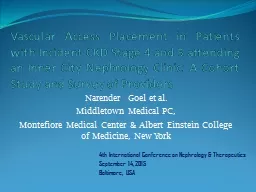PPT-Spectrum of Metabolic Bone Diseases in CKD:
Author : gelbero | Published Date : 2022-06-07
Pathogenesis Clinical Significance and Diagnosis Tiffani R Garrett Renal Grand Rounds March 6 th 2012 Learning ObjectivesRelevant Questions Function of bone Review
Presentation Embed Code
Download Presentation
Download Presentation The PPT/PDF document "Spectrum of Metabolic Bone Diseases in C..." is the property of its rightful owner. Permission is granted to download and print the materials on this website for personal, non-commercial use only, and to display it on your personal computer provided you do not modify the materials and that you retain all copyright notices contained in the materials. By downloading content from our website, you accept the terms of this agreement.
Spectrum of Metabolic Bone Diseases in CKD:: Transcript
Download Rules Of Document
"Spectrum of Metabolic Bone Diseases in CKD:"The content belongs to its owner. You may download and print it for personal use, without modification, and keep all copyright notices. By downloading, you agree to these terms.
Related Documents

